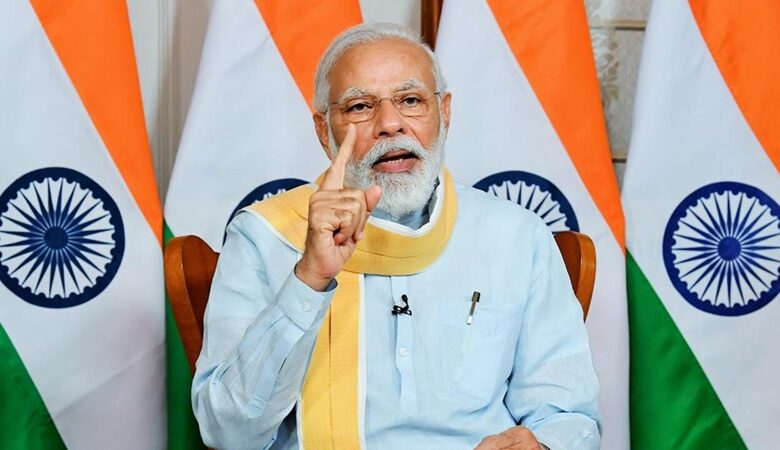Modi Government’s Upcoming Budget to Emphasize Rural Economy and Job Creation

News Mania Desk/Agnibeena Ghosh/9th July 2024
Prime Minister Narendra Modi’s newly elected government is set to present its first budget, which is expected to lean towards, but not fully pivot to, welfare spending. This budget will focus significantly on the rural economy and job creation, as highlighted by economists at Goldman Sachs in a note released on Monday.
The government has scheduled the presentation of the budget proposal for the financial year ending March 2025 on July 23, as announced over the weekend.
Economists from Goldman Sachs predict that the government will adhere to its fiscal deficit target of 5.1% of GDP, as established in the interim budget. However, they anticipate that the budget will include a comprehensive statement outlining long-term economic policies.
Santanu Sengupta, Chief India Economist at Goldman Sachs, noted the likely focus areas: job creation through labor-intensive manufacturing, credit support for micro, small, and medium enterprises (MSMEs), an ongoing emphasis on services exports via the expansion of global capability centers, and a significant push on the domestic food supply chain.
In the recent national elections, Modi’s Bharatiya Janata Party did not secure a majority independently and returned to power with the support of allies. Post-election surveys indicated that unemployment and inflation were major concerns for voters, especially in non-urban areas.
Despite the Indian economy’s robust growth rate of 7.2% this year, job creation remains a challenge. Citi’s Chief India Economist, Samiran Chakraborty, mentioned last week that even a 7% GDP growth might not meet the job requirements for the next decade. According to Chakraborty, a growth rate near 7% would generate between 8 million to 9 million jobs annually, falling short of the 11 million to 12 million needed.
Contradicting this view, the federal labor department reported on Monday that an average of over 20 million employment opportunities per year were created between 2017-18 and 2021-22.
Goldman Sachs expects the budget to promote labor-intensive manufacturing through fiscal incentives across various sectors, including toys, textiles, apparel, and commercial aircraft manufacturing. In a report, Citi suggested that the government might extend its flagship production-linked incentive scheme, focusing on increased domestic value addition and explicit employment targets.
According to Citi, nearly two-thirds of manufacturing jobs are in low-skilled, labor-intensive sectors. Although specific budget announcements were not detailed, this sector remains crucial for employment growth.
Additionally, Goldman Sachs foresees a focus on enhancing agricultural infrastructure and providing incentives to boost the domestic production of key crops. This approach aims to address high food inflation, which has hovered around 8% for several months.
As the budget presentation approaches, all eyes will be on the Modi government to see how it balances fiscal discipline with the need to stimulate job creation and support the rural economy. The measures proposed in this budget will be crucial in addressing voter concerns and driving sustainable economic growth in India.






